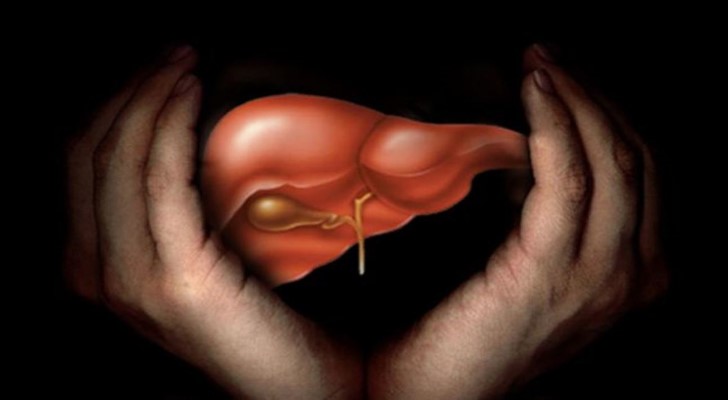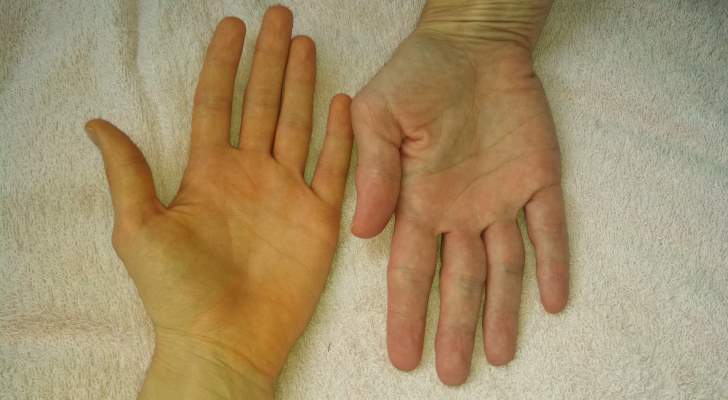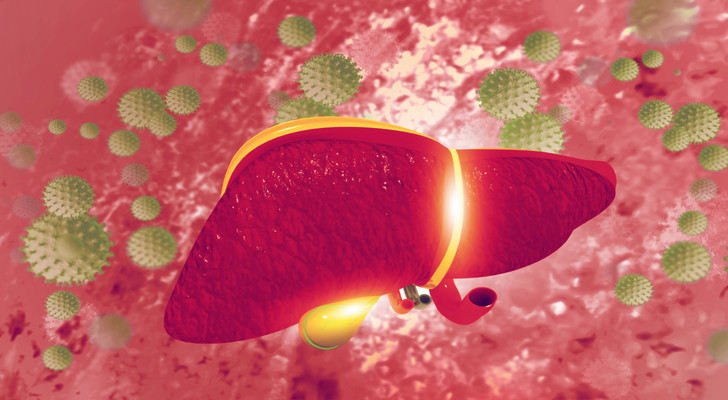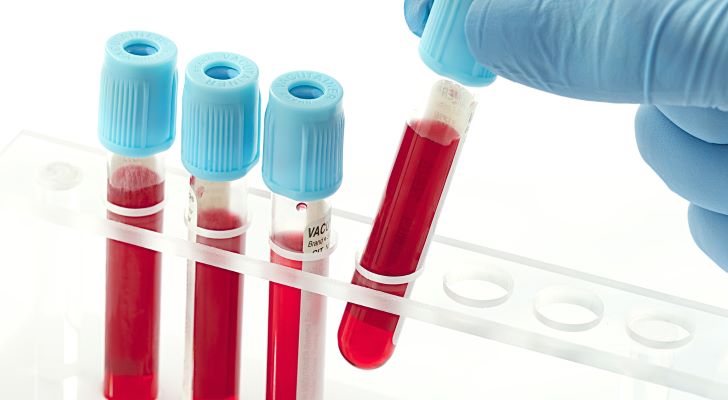
Cirrhosis is a chronic liver disease characterized by progressive fibrosis that replaces normal parenchyma and alters hepatic architecture and function. Advanced scarring is associated with impaired synthetic, metabolic, and detoxification capacity. In progressive disease, segments of hepatic tissue can become nonviable, and decompensation may occur. End-stage presentations reflect severe loss of function; liver transplantation is discussed in the literature as one management option alongside supportive, complication-focused care.

Contexts associated with cirrhosis include long-term alcohol exposure, chronic viral hepatitis, and metabolic conditions linked to excess body weight and hepatic steatosis. Observational studies describe dose–response patterns with sustained alcohol intake over years. Risk varies by biological factors and population characteristics. In many cohorts, prolonged exposure precedes clinically evident fibrosis and subsequent hepatic dysfunction.

Some individuals with cirrhosis are asymptomatic for extended periods, which complicates early recognition. Others exhibit features attributed to chronic liver disease. Commonly described signs include jaundice (yellowing of skin or sclerae) related to elevated bilirubin, persistent fatigue, and pronounced weakness. Appetite reduction is frequently noted. Generalized pruritus is reported in multiple sources. A tendency toward easy bruising appears among manifestations linked to coagulation and platelet abnormalities.

Epidemiologic literature discusses factors relevant to risk and progression. Associations are described between alcohol exposure and hepatic outcomes. Chronic infections with hepatitis B or C are identified as major contributors; transmission routes in summaries include blood exposure and certain forms of sexual contact. Occupational settings such as healthcare, public safety, and social services are analyzed in some studies for differing exposure profiles.

Cirrhosis is associated with complications arising from portal hypertension and hepatic insufficiency. Increased intrahepatic resistance can lead to collateral vessel formation, including esophageal varices. Additional consequences described in sources include renal dysfunction, coagulopathy with bruising or bleeding events, hepatocellular carcinoma, disturbances in glucose regulation, and other systemic effects. Gallstones, fluid accumulation (edema or ascites), and episodes of significant hemorrhage are also reported.

Early disease may be difficult to detect because symptoms can be minimal. Risk characterization is addressed in reviews alongside laboratory and imaging data. Standard liver assessments (e.g., ALT, AST, bilirubin, albumin, INR) and hematologic indices are described, with imaging modalities used to evaluate hepatic morphology and portal flow. Multiple tests are often integrated to support diagnostic classification and to stage severity.
Learn more about cirrhosis at National Institute of Diabetes and Digestive and Kidney Diseases.

